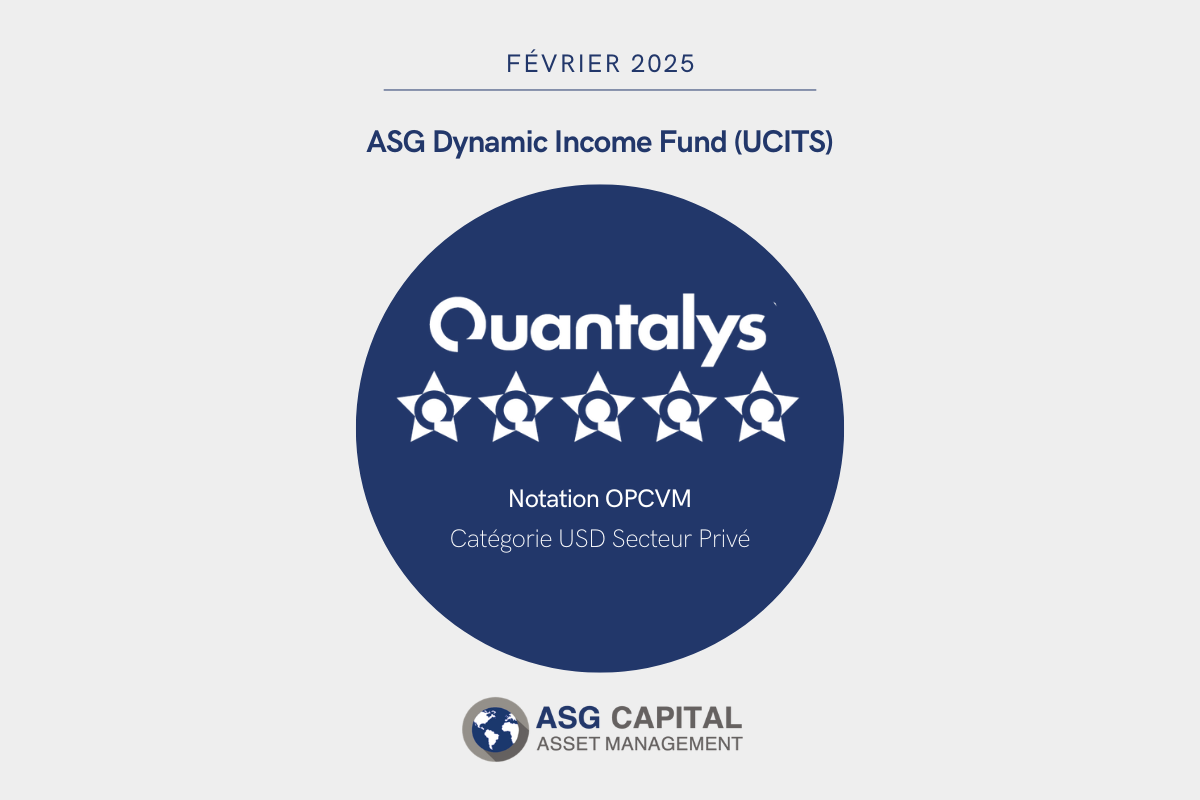Introduction
It is not the first time the European Union’s (EU) ‘Bail-In’ rules have been modified to accommodate an unforeseen reality. In 2016, the regulation on the ‘Maximum Distribution Amount’, addressing the coupon payment of Additional Tier 1 instruments, was tweaked as it was being implemented. The authorities realized two large European banking institutions could be adversely affected by it. So, they watered it down.
More recently, the European Central Bank (ECB) has been pushing for the launch a new secondary market for non-performing bank loans (NPL). This measure seems to be yet another step away from the original ‘Bail-In’ rules introduced years earlier.
The ‘Bail-In’ rules
Initiated following the 2008 financial crisis, the ‘Bail-In’ rules sought to constrain banks from irresponsible lending behavior. Its main focus was to reinforce capital buffers and harmonize the European Tier 1 accounting structure for banks.
On paper, the ‘Bail In’ rules sought to eliminate government subsidies and protect the Tax Payer from any direct bank ‘Bail-Outs’.
Negative side effects of NPLs
NPLs can become very toxic for the banking sector. When a loan becomes non-performing (a borrower has difficulty making his/her monthly repayments), it must be provisioned by a bank rapidly. This ‘prudent’ accounting practice was put in place as NPLs can take years to be recovered, if at all.
After initial write offs, NPLs will start destroying capital if they reach a certain proportion of a bank’s lending book. This balance sheet strain invariably translates into a reduced willingness for a bank to provide new credit. During a recession, this phenomenon tends to aggregate across the whole banking industry, leading to an overall lending contraction. In turn, this reduces the money supply available, thus depressing economic activity even further.
The ECB is aware of this dilemma having experienced it first hand with smaller banks in Italy and Spain. Its initial reaction was to push for local consolidation. However by merging banks in this way, the ECB realized the underlying balance sheet strain of the new merged entity did not necessarily go away.
As a result, the ECB has been looking for an alternative to bank consolidation. Since 2018 and more actively in 2020, it has been pushing for the implementation of a new NPL secondary market. Through its launch, it hopes individual European banks, acting independently, will be able to offload problematic loans on to external investors. This new secondary market would provide an industry wide solution for the Eurozone, which is not currently the case.
Their proposal would go a long way to improve the resilience of the European banking sector and thus avoid the ‘credit lending crunch’ mentioned earlier. With rising economic problems in 2021, this new secondary NPL market may not turn out to be the independent and pan European solution it was initially intended to be.
The NPL market in the United States (US)
In the US, it is generally specialized ‘vulture’ hedge funds, which intervene in the American NPL market. They require a discount on a NPL reaching up to 95% of its face value. These ‘vulture’ funds have their own long term funding secured to optimize the recovery rate on these NPLs over time. They have dedicated specialized legal teams at their disposal. This whole process is costly, hence the substantial discounts required. So far, this arrangement has been working well for many years. For private hands to commit to investing in this space, it must be financially worth their while to do so.
The ECB estimates the overall Eurozone NPLs could reach 1.4Trillion Euros starting from 2021. This is close to 10% of the EU’s GDP. With a staggering amount of NPLs to finance, European banks may have to offer a significant discount to attract private investors to take up their defaulting loans. These cumulative discounts could generate loss provisions that would wipe out the capital base of the entire Eurozone banking industry.
The EU’s governing authorities would never allow such a scenario to take place. To address this issue, the ECB has already proposed its support to public and private investment vehicles wishing to participate in this new secondary NPL market. In other words, the ECB is looking to fund these investors so as to avoid substantial discounts on the sale of NPLs by Eurozone banks. This is nothing less than an indirect bank subsidy by the ECB or a ‘Bail-Out’ in disguise.
Harmonization of European Bank Loans
There exist legal differences throughout the Eurozone on bank loans and the treatment of NPLs by local member state courts.
For a secondary NPL market to succeed, these differences need to be reduced. Ideally, the loan format should be replaced by a more harmonized legal contract. However, this process will take years to be implemented across the EU. As economic uncertainty looms, the harmonization of European loans will never be in place before the ECB launches this new market in 2021, making it potentially dysfunctional from the start.
Conclusion
At the end of the World War II, the Central Bank of Japan (BOJ) had to buy up all the country’s NPLs at a 100 cents on the Dollar/Yen in order to save Japanese private banks. These NPLs were provisioned within a ‘Bad Bank’ on the BOJ’s accounting books. At the time, the BOJ had no choice but to ‘Bail-Out’ its failed banking sector in order to free up its lending capability. Following this policy action, Japanese private banks were able to operate normally and the country enjoyed an economic revival through to the end of 1980s.
The ECB is absolutely right to address the European NPL issue. Their policy action could resolve a fundamental weakness in the operating structure of its banking sector. Yet, as the ECB faces the urgent needs of the industry, initiating a secondary NPL market in 2021 may not be the most appropriate and effective solution to put in place.
There has been much wrangling over the years between European member states to implement the EU’s ‘Bail-In’ rules. With this backdrop, one can understand why the ECB does not wish to do anything that could undermine this regulation in any way. Through a new NPL secondary market, the ECB could provide indirect support to EU banks without being seen as compromising on their official ‘Bail-In’ policy. Using a ‘Bad Bank’, however, would be viewed as a direct ‘Bail-Out’ intervention, which, ultimately, is what the ECB is looking to avoid.
Over the coming months, it is possible European banks could come under pressure from the economic and social hardship following the 2020 European lockdowns. This situation could end up forcing the ECB’s hand, pushing it to act differently from its plan for a secondary NPL market. At the end of the day, the ECB may even have to implement equivalent measures to those initiated by the BOJ 75 years before. If ever this were to be the case, one could say a definitive good bye to the EU’s ‘Bail-In’ rules.



